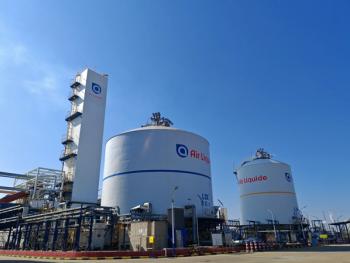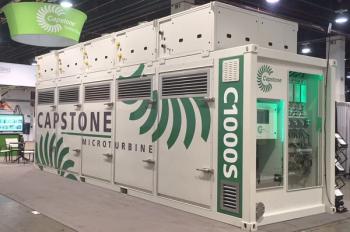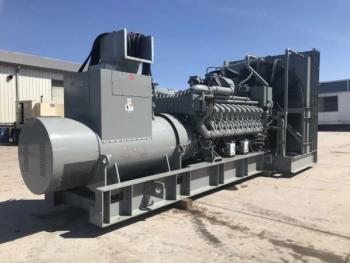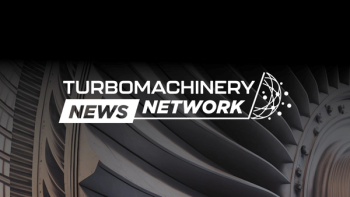
MHI, Nippon Shokubai to Develop Ammonia Cracking System for Pilot Plant
Key Takeaways
- MHI and Nippon Shokubai aim to develop a hydrogen supply chain using ammonia, focusing on decentralized ammonia cracking technology near demand sites.
- MHI's CO2-capture pilot plant in Japan uses the KM CDR process to enhance carbon-capture technologies, with a focus on increasing CO2-capture rates.
Under the pilot project, the partners will develop ammonia cracking systems to build out hydrogen and ammonia supply chains and decarbonization technologies.
Mitsubishi Heavy Industries (MHI) and Nippon Shokubai
The ammonia cracking technology uses steam and exhaust gases and leverages an independently developed, low-temperature, highly active and highly durable cracking catalyst without deploying the noble metals typically used in conventional low-temperature active catalysts.
Following NEDO’s approval, MHI and Nippon will conduct project activities through fiscal 2027 with long-term testing in mind, using a commercial-scale demonstration plant. MHI will leverage its experience in ammonia plant construction and ammonia handling to execute the basic design and front-end engineering design. Hokkaido Electric Power (HEPCO) will assist MHI in finalizing demonstration plant specifications, resolving technical challenges, and reaching commercialization.
Nippon Shokubai will promote the development of elemental technologies to verify the durability of ammonia cracking catalysts, leveraging its experience and expertise in catalyst development and practical application. The company also holds experience in process catalysts, such as acrylic acid catalysts and environmental catalysts for automotive and exhaust gas treatment.
Carbon-Capture Pilot
In May 2025, MHI installed, commissioned, and kick-started a
KEPCO’s power plant currently captures approximately 5 tons of CO2 per day, with the next-generation pilot project expected to increase the CO2-capture rate following demonstration. MHI also installed its ΣSynX Supervision remote monitoring system to monitor and collect pilot data. KEPCO and MHI have partnered on the research and development of CO2-capture technologies since 1990. With this pilot project, they will respond quickly to customers’ requirements to reduce greenhouse gas emissions and comply with environmental regulations.
In 2022, MHI Group and ExxonMobil joined forces to develop an end-to-end, next-generation CCS solution for power plants. MHI and KEPCO offered their KM CDR and Advanced KM CDR technologies for this initiative, which are presently installed across 18 power plants. The Advanced KM CDR process uses the KS-21 solvent, an improved version of the amine-based KS-1, delivering enhanced regeneration efficiency and reduced deterioration compared to its predecessor.
Dammam Assembly Facility
Earlier this month, Mitsubishi Power inaugurated the first-ever JAC gas turbine assembled in Saudi Arabia’s
This M501 JAC gas turbine will be delivered to the 475 MW Amiral Cogeneration Plant in Jubail, Saudi Arabia, supplying electricity and steam to the Saudi Aramco Total Refining and Petrochemical Co.’s (SATORP) petrochemical complex. SATORP’s complex is expected to feature one of the largest mixed-load steam crackers in the Gulf Region, significantly advancing the Kingdom’s energy and industrial capabilities.
Newsletter
Power your knowledge with the latest in turbine technology, engineering advances, and energy solutions—subscribe to Turbomachinery International today.





